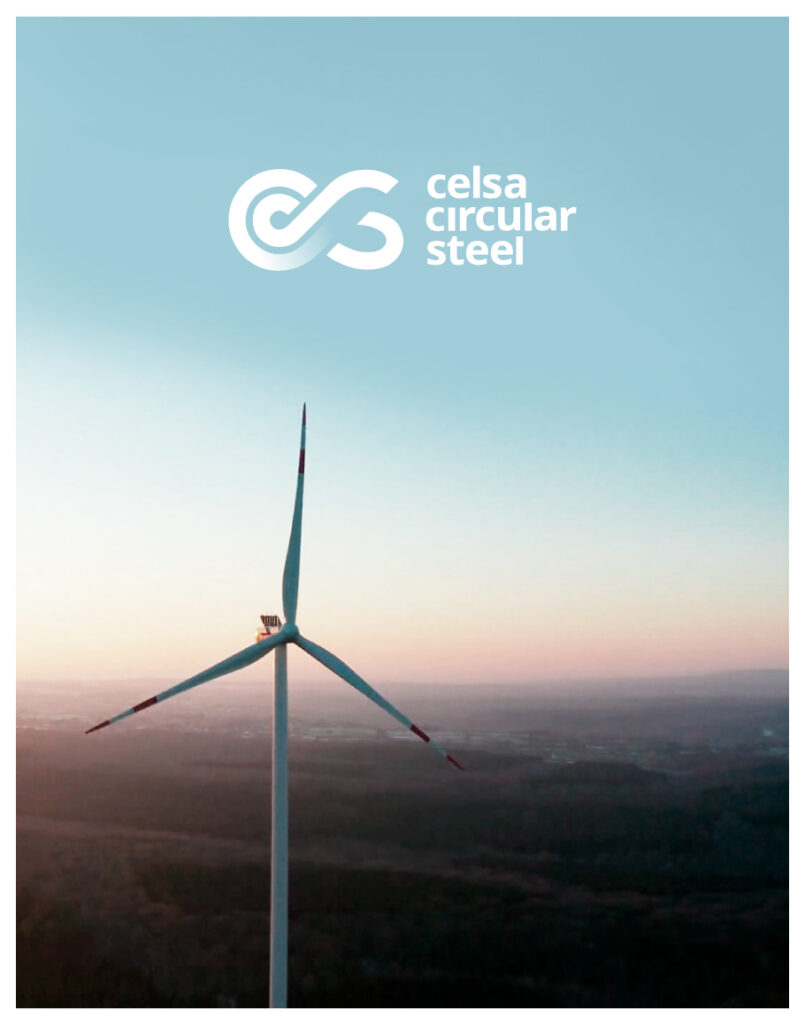Safety, health and environment
Health and Safety a Priority
En MRT realizamos un esfuerzo continuo para lograr un entorno de trabajo libre de lesiones y enfermedades para todos los que participan en nuestras operaciones.. Para la consecución de este objetivo prioritario, nuestro Sistema de Gestión de la Seguridad y Salud en el trabajo (SG-SST) cuenta con toda una serie de programas, yendo más allá del cumplimiento de los requisitos legales. Por ejemplo, con la eliminación por completo del isocianurato de triglicidilo (TGIC), substancia tóxica presente en la pintura en polvo. Todos estos estos esfuerzos se han visto recompensados con la obtención de la certificación ISO 45001:2018.
Shared safety principles
1. All occupational accidents and illnesses can and should be prevented.
2. Managers are responsible for compliance with health and safety regulations.
3. Professional commitment and training are essential.
4. Working safely is a requirement of employment, promotion, and the profession.
5. Being excellent in health and safety will lead us to achieve extraordinary business results.
6. Health and safety are integrated into all our business management processes.

COMMITTED TO PEOPLE AND THE LOCAL COMMUNITY
more than 400 employees
Security protocols
OPS PROGRAMME: PREVENTIVE SAFETY OBSERVATIONS
We frequently conduct, as an integral part of our daily activities, observations of the normal course of work. These observations are aimed at detecting unsafe acts and conditions and taking action to correct them. All employees at all levels participate in Preventive Safety Observations, including managers, supervisors, employees, and staff from partner companies.
These observations are the basis for creating and developing a preventive culture in our organization, where we encourage everyone’s participation and ownership of the goal of conducting our operations without accidents.
AUDIT PROGRAM: INTERNAL, CROSS, AND EXTERNAL AUDITS
We maintain an audit program at various levels to ensure the proper implementation of our own and corporate standards.
Internal audits allow us to review the correct functioning of the systems established for the improvement of safety at each plant.
Cross audits, apart from identifying those points of the system that do not comply with the internal procedures of the plants or with corporate procedures, allow us to identify the best practices existing in the Group’s plants so that they can subsequently be exported to the rest of the units through the creation or modification of corporate standards.
External audits ensure that our safety management systems comply with the most demanding current regulations, thereby ensuring their continuous improvement.
TCR PROGRAM: RISK CORRECTION CARDS
In order to encourage the active participation of all employees in the organization in identifying and reducing the risk of accidents and incidents, we encourage everyone who detects a situation that endangers safety or health to report it using a Risk Correction Card.
These cards are reviewed and evaluated to generate action plans that seek to eliminate these risks.
With this, we achieve a multiplicative factor and develop a solid safety culture in which everyone acts to prevent anyone from having an accident.
PROGRAM 10: THE 10 SAFETY RULES THAT SAVE LIVES
We develop, implement, and improve performance across a comprehensive set of safe work standards and practices, which are the cornerstone of our management model.
Behind each of these 10 Life-Saving Rules is a set of standards that define how we carry out our work to achieve zero accidents.
These include leadership – with the example of the chain of command -, work at heights, crane and lifting operations, DECAP (De-energise, Tag, Lock, Secure and Test), teams carrying out repairs or cleaning, entry into confined spaces or high-energy work, among others.
PSAP PROGRAM (PERSONAL SAFETY ACTION PLAN)
All managers within the organizations that make up Celsa must define and maintain a specific Safety Action Plan, committing to concrete actions to improve the safety conditions of the people under their responsibility.
These action plans are mostly public, and their progress is systematically reviewed by the chain of command.
OOL PROGRAM: ORGANIZATION, ORDER, AND CLEANLINESS
An initial and essential condition for carrying out our work and operations without accidents or incidents is that each area is organized and perfectly clean during the normal course of work.
Therefore, our safety management system constantly ensures the identification and elimination of sources of dirt and that everything is in its proper place.
We form work teams that continually seek to improve organization, order, and cleanliness to increase efficiency and enhance safety.
IAI PROGRAMME: ACCIDENT AND INCIDENT INVESTIGATION
We investigate and analyse each and every one of the accidents and incidents that have occurred, identifying the causes that have originated them with the essential objective of implementing action plans to avoid their repetition.
We pay attention not only to those situations in which people are injured, but also to incidents in which risk situations are detected that must be corrected and avoided, even if there have been no injuries.
We make a special effort to disseminate what we learn from the accidents that have occurred, as an essential educational tool that promotes knowledge about safety at work.

Commitment to the environment
Respect and care of the environment are fundamental to us. But this is nothing new. As a pioneer in its sector since 1999, MRT holds ISO 14001 2015 certification for the manufacture of low carbon fences and wires.
Our commitment to the circular economy is reflected in our production model, manufacturing products with wire rod produced by Celsa from recycled ferrous scrap.
Following the path where growth is not detrimental to improving sustainability, in we are working to reduce the use of plastic in its packaging. These efforts, in addition to having a positive impact on the planet, also meet strategic requirements for the commercialisation of products. This is due, on the one hand, to the fact that more and more countries are adopting stringent measures on plastics. And, on the other hand, to compliance with European directives in the building sector on reducing the carbon footprint of buildings. This involves the use of sustainable materials with a corresponding Environmental Product Declaration (EPD).
